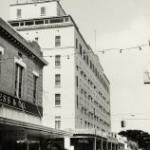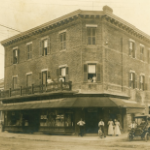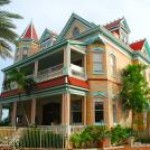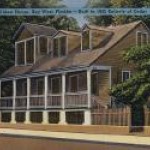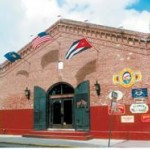Downtown
La Concha Hotel
This is the tallest building in Key West. Ernest Hemingway paid homage to the hotel in To Have or Have Not and Tennessee Williams finished A Streetcar Named Desire during his stay in 1946.The hotel’s fortunes have risen and fallen in tandem with the island but the bar on the top floor has never gone out of style.
The Oldest Drug Store
This building holds the dual distinction of being one of the oldest commercial structures in Key West and the oldest remaining drug store building. Dr. John Maloney opened the Key West Drug Company in 1903. In 1908 he purchased the adjacent building at 532 Fleming and opened the first public hospital. In 1911 he acquired 504 Simonton connecting the buildings with a raised walkway .
The Southernmost House
Built in 1897 by Judge Vinning Harris and his wife Florida Curry. The Queen Anne Victorian style mansion was designed as a one bedroom home. Thomas Edison oversaw the homes electrical design and installation. During Prohibition the mansion served as a “speakeasy†club and in the 1940’s a night club called “Café Cayo Huesoâ€. Five United States Presidents have been hosted at the mansion.
The Oldest House
Originally a four room house built on Whitehead Street in the late 1820’s by Richard Cussans a ship’s carpenter. The structure was moved to its current location in 1829 and expanded for Captain Francis Watlington to accommodate his wife and nine daughters. The Captain’s descendants lived in the house until the 1970’s. This is considered the oldest house in South Florida.
William Wall Warehouse
William Wall came to Key West in 1824 as a shipwreck victim. Seven years later he had amassed a substantial fortune as a pioneer in the island’s burgeoning cigar industry. Behind the building were docks and “coaling stations†used to supply steam-powered ships. The warehouse was converted into Naval Station #2 and became a vital supply link for the United States Navy during the Spanish American War in 1898.
